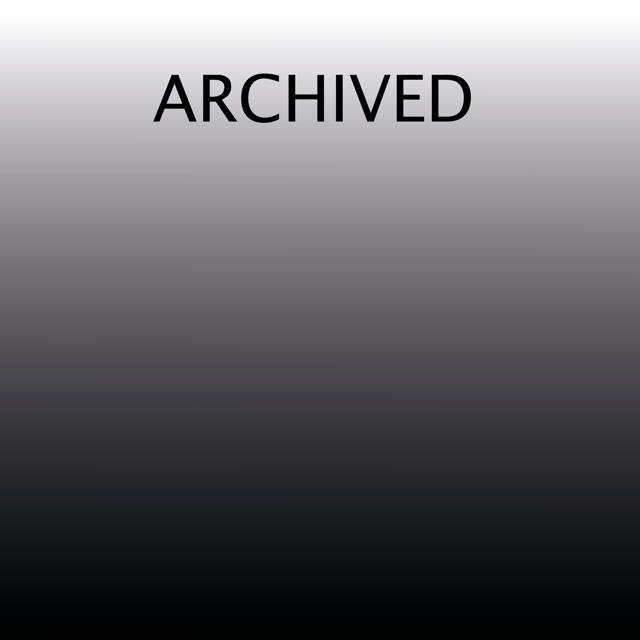
The Guide to limiting obtrusive light (2012) has been archived, and should not be used on current projects. For current guidance, see LG21 Protecting the night-time environment (2021).
Outdoor lighting can make a valuable contribution to people’s work, safety and enjoyment after dark, but it can also be obtrusive. This is not inevitable, but it is possible and depends on how the lighting is designed and used. Obtrusive lighting can be said to be occurring when people complain about sky glow, light trespass or glare. This guide outlines the causes and consequences of obtrusive light, and what can be done to minimise obtrusive light generally and in some commonly occurring applications.
Contents:
1 Introduction and definitions
1.1 Sky glow
1.2 Light trespass
1.3 Glare
2 The science
2.1 The causes of sky glow
2.2 The causes of light trespass
2.3 The causes of glare
3 Consequences
3.1 Visibility
3.2 Health
3.3 Flora and fauna
4 Limits
4.1 Need
4.2 Lighting criteria
4.3 Control through technology
4.4 Control through design
5 What to do about obtrusive light
6 Problem applications
6.1 Security lighting
6.2 Sign lighting
6.3 Sports lighting
6.4 Facade lighting
6.5 Lighting of subsidiary streets
6.6 Large industrial plant
7 The future
8 References
Acknowledgements
Author: Peter Boyce
Referees: Paul Ruffles (Lighting Design and Technology); John Fitzpatrick